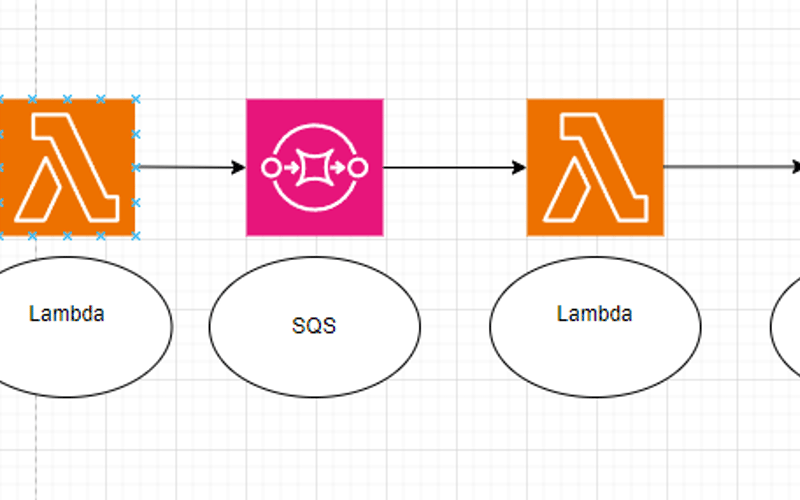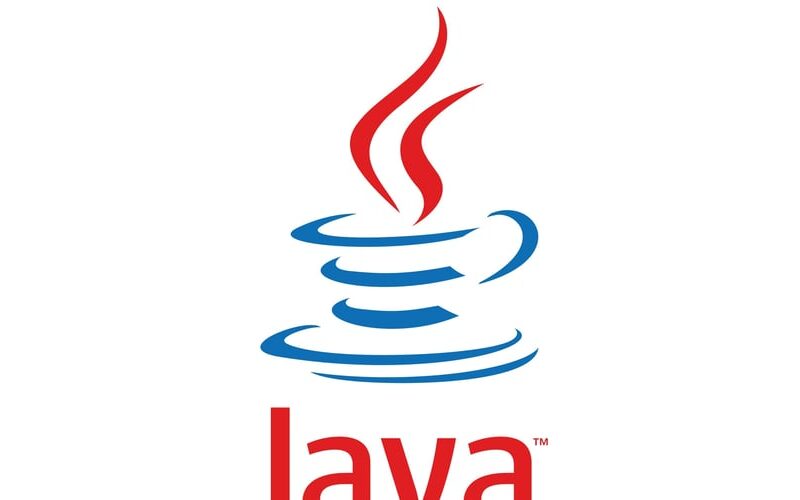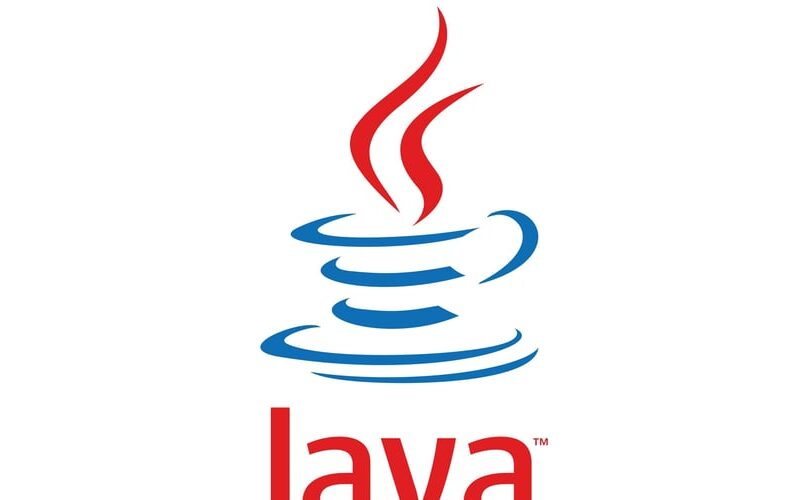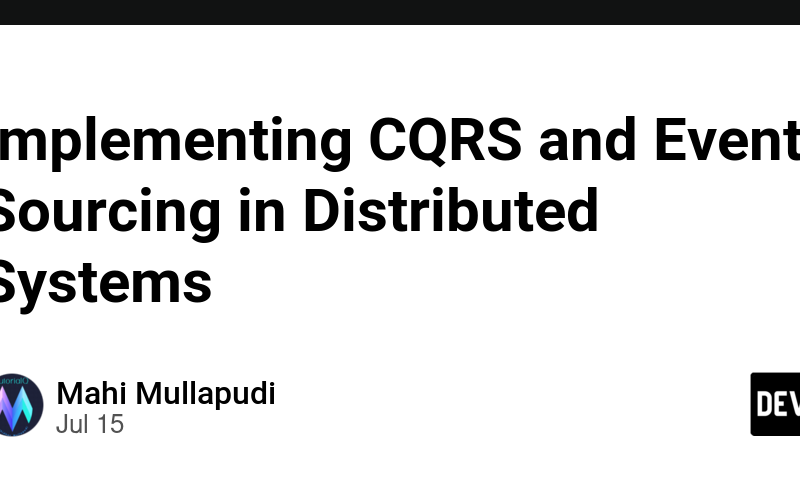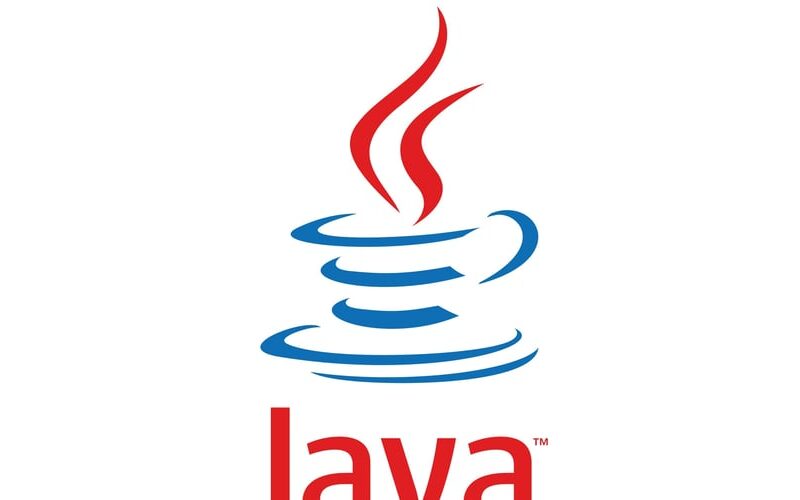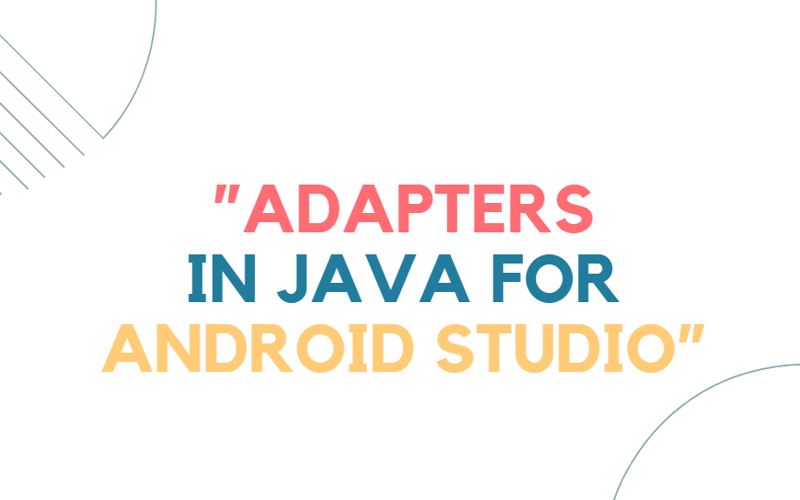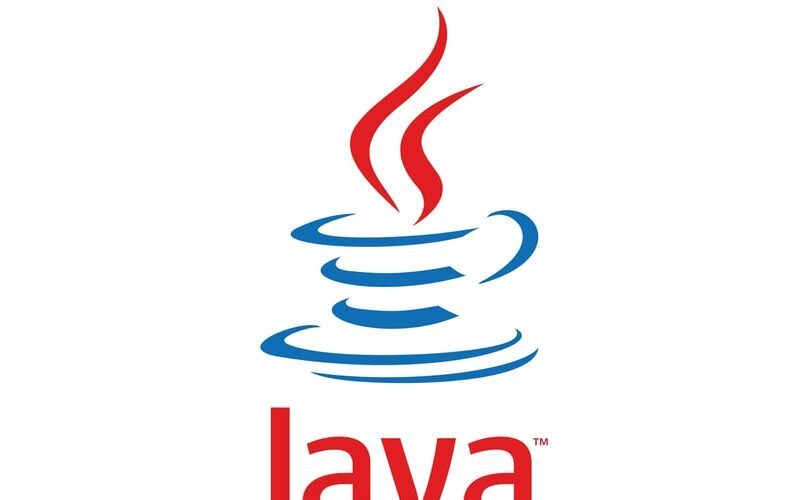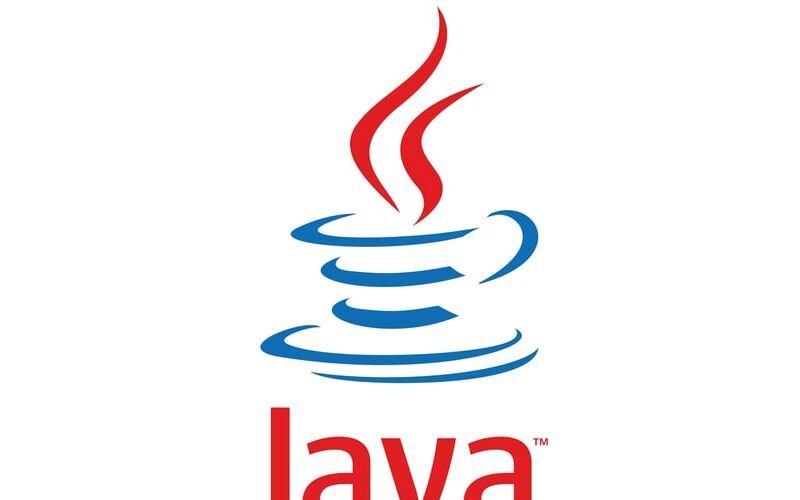23
Jul
No desenvolvimento de software, a manutenção, extensão e a flexibilidade do código são importantes para o sucesso a longo prazo de um projeto. Os princípios SOLID foram formulados para orientar os desenvolvedores na criação de código que seja mais fácil de entender, modificar e estender. Neste artigo, vamos falar de cada um dos cinco princípios SOLID e como usar com exemplos práticos em Java. 1. Single Responsibility Principle (Princípio da Responsabilidade Única) O Princípio da Responsabilidade Única (SRP) estabelece que uma classe deve ter apenas uma razão para mudar, ou seja, deve ter uma única responsabilidade dentro do sistema. //…


